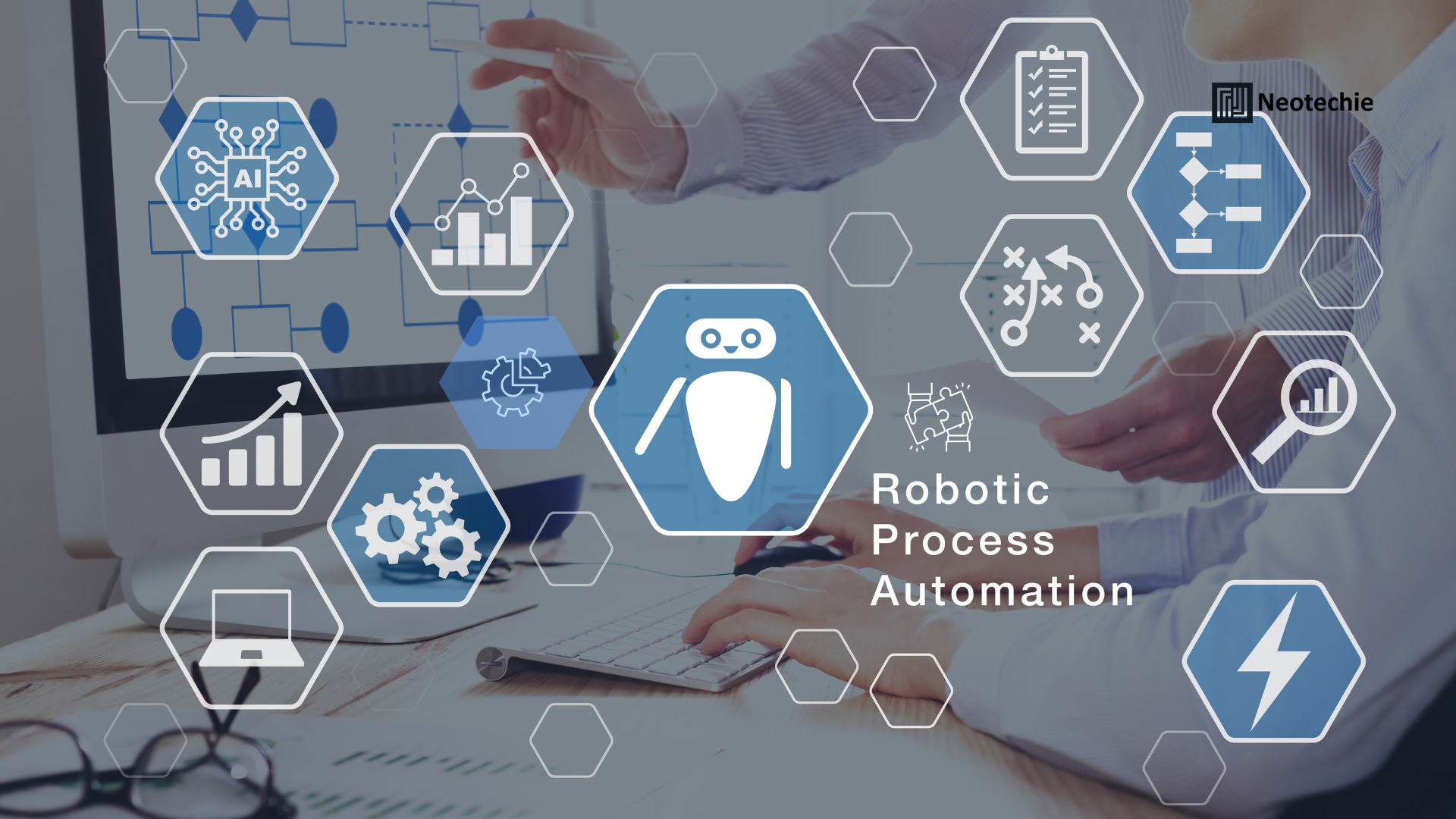Post-Merger Automation — How RPA Smooths Business Integrations
The Complexity of Post-Merger Integration
Mergers and acquisitions (M&A) provide growth opportunities but come with complex operational challenges. Integrating different IT systems, aligning HR and finance processes, and consolidating vendor and compliance workflows can overwhelm teams. Traditional manual approaches are slow, error-prone, and costly. Robotic Process Automation (RPA) offers a solution to these challenges, providing speed, accuracy, and consistency across repetitive integration tasks.
What RPA Brings to Post-Merger Integration
- System Data Reconciliation
- What: After a merger, organizations often face disparate datasets across ERP, CRM, and financial systems. Data may be stored in different formats, making manual consolidation difficult.
- Why: Inaccurate financial records, reporting errors, and misaligned operational data can lead to poor decision-making, compliance issues, and delayed value realization.
- How: RPA bots can extract data from multiple systems, transform it into standardized formats, and load it into consolidated databases. For example, balance sheets, revenue reports, and inventory records can be automatically reconciled. Bots can flag inconsistencies, alert teams for corrective action, and maintain audit trails, ensuring accuracy and transparency.
- HR Process Integration
- What: Integrating HR functions involves employee data migration, benefits enrollment, payroll alignment, and compliance verification.
- Why: Manual migration risks payroll errors, delayed onboarding, and regulatory violations, which can affect employee satisfaction and retention.
- How: RPA bots automate extraction of employee data from legacy systems, standardize it, and populate centralized HR platforms. Bots can also verify compliance with labor laws and company policies, ensuring smooth integration while freeing HR teams to focus on strategic initiatives.
- Invoice and Accounts Payable Consolidation
- What: Merged organizations often deal with multiple vendors, different invoice formats, and varied accounts payable systems.
- Why: Manual invoice processing creates delays, risks duplication, and may lead to payment errors or missed vendor discounts.
- How: RPA bots standardize invoices, cross-check details against contracts, and flag discrepancies automatically. By automating validation and approval workflows, finance teams ensure timely payments, reduce errors, and maintain vendor trust, even during complex integrations.
- Regulatory Compliance and Audit Readiness
- What: M&A activities trigger regulatory reporting obligations, audit requirements, and compliance checks.
- Why: Non-compliance can result in fines, penalties, or reputational damage. Manual tracking is insufficient for the complexity of merged entities.
- How: RPA bots automate compliance verification, generate audit-ready reports, and maintain logs for regulatory review. By monitoring policies and transactions across both legacy and acquired systems, bots help organizations adhere to local and international compliance standards with minimal manual effort.
- IT System Migration and Integration
- What: IT integration includes user account provisioning, system testing, software deployment, and data migration.
- Why: Manual IT integration is time-consuming and prone to errors, which can disrupt operations during the post-merger phase.
- How: RPA automates repetitive IT tasks, ensuring consistent execution, reducing downtime, and accelerating go-live schedules. Bots can handle account setup, software updates, and system validation, allowing IT teams to focus on complex problem-solving and strategic alignment.
Business Transformation Through RPA in M&A
- Speed: RPA accelerates post-merger integration by automating repetitive, high-volume tasks.
- Accuracy: Bots eliminate human errors in data migration, invoice processing, and compliance checks.
- Cost Savings: Reduced manual effort translates into operational cost reductions.
- Scalability: Bots can handle large volumes and multiple entities without additional headcount.
- Business Continuity: Essential processes continue seamlessly, minimizing disruption for customers and employees.
How Neotechie Can Help
At Neotechie, we specialize in using RPA to simplify post-merger integrations:
- Deploy bots for financial data reconciliation across merged entities.
- Automate HR data migration, payroll alignment, and compliance verification.
- Streamline invoice processing and accounts payable to maintain cash flow efficiency.
- Implement RPA for regulatory reporting and audit readiness.
- Optimize IT system migration with scalable, reliable bots to maintain operational continuity.
Post-merger integrations are complex, but with RPA, enterprises can accelerate integration timelines, reduce risk, and achieve faster value realization. Neotechie enables businesses to transform integration challenges into strategic advantages through intelligent automation. ᯓ★

